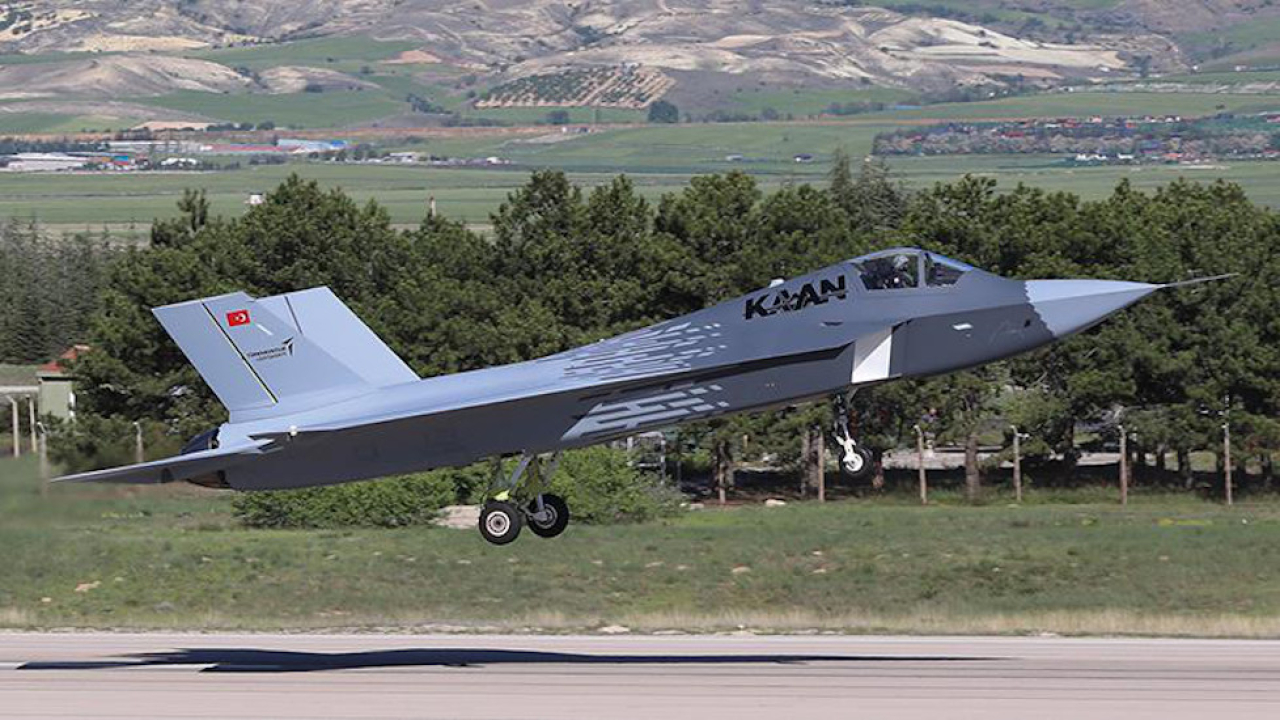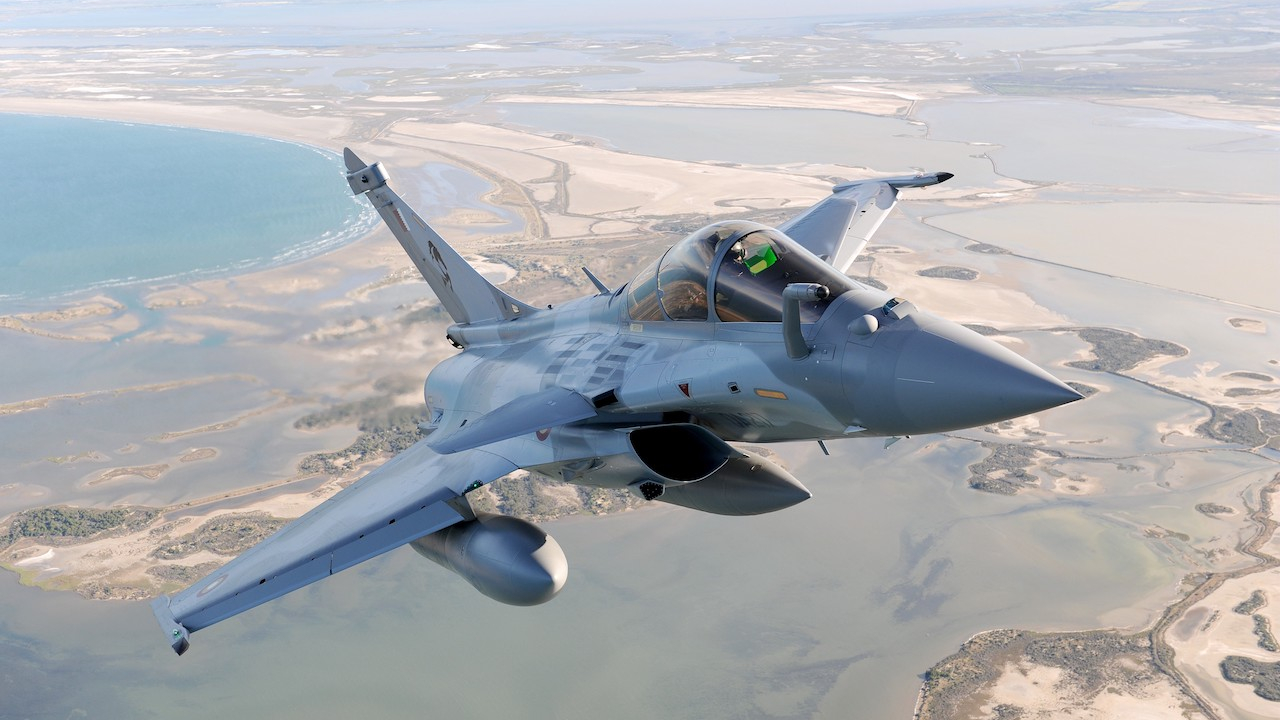Türkiye KAAN fighter jet deal to accelerate Indonesia’s defence growth
Indonesia’s decision to acquire 48 KAAN fifth-generation fighter jets from Türkiye marks a major leap in its defence modernisation and airpower ambitions, says GlobalData.

Image: Turkish Aerospace Industries
Signed during the Indo Defence Expo and Forum held in Jakarta in June 2025, the agreement includes technology transfer and domestic production collaboration, potentially transforming Indonesia’s aerospace ecosystem.
GlobalData’s latest Fleet Size dashboard reveals that Indonesia operates a diverse fleet of fixed-wing military aircraft, the majority of which are aging fourth-generation platforms. The induction of the KAAN stealth fighters is expected to significantly lower the average fleet age and enhance the Indonesian Air Force’s deterrence capabilities, particularly in the face of evolving fifth-generation aerial threats from adversarial forces in the Indo-Pacific region.
As of June 2025, the countries with operational fifth-generation fighter aircraft include the US, China, and Russia. Meanwhile, India, South Korea, and Türkiye are pursuing their own stealth fighter programmes, with India’s Advanced Medium Combat Aircraft (AMCA), South Korea’s KF-21 Boramae, and Türkiye’s KAAN representing national aspirations to enter the elite fifth-generation club.
Harpreet Sidhu, Aerospace and Defence Analyst at GlobalData, comments: “Indonesia’s KAAN acquisition demonstrates a strategic intent to leapfrog into fifth-generation capabilities while developing its indigenous defence industrial base. In addition to a set supply schedule, the agreement with Türkiye incorporates technology transfer and the use of Indonesian production lines, both of which are essential components of long-term self-reliance.”
Indonesia is also engaging with South Korea in procuring another combat aircraft of a similar category, namely the KF-21 Boramae. Recently, Indonesia has reduced its financial and technical commitment to South Korea's KF-21 Boramae program. Initially expected to fund 20% of the development cost (around $1.2 billion), Indonesia has now revised its remaining commitment to approximately $440 million, having so far invested $290 million. Though Indonesia still aims to acquire 50 KF-21 fighters, the decrease in funding signals a more limited involvement in the programme than originally planned.
Sidhu added: “The concurrent signing of the KAAN agreement with Türkiye introduces new variables into Indonesia’s fighter jet roadmap. With a defence budget still under 1% of its GDP, it’s becoming harder to see how the country can realistically fund two major fighter programmes at once. This dual-track strategy could reshape Indonesia’s broader defence procurement and industrial participation ambitions.”
Sidhu concludes: “The KAAN program has the potential to become a competitive alternative to Chinese and American fifth-generation fighters in the Asia-Pacific (APAC) defence market if it is expanded and bolstered by efficient diplomacy and industrial cooperation. Over the next ten years, it is anticipated that the spread of stealth technology will reshape aerial combat doctrines, regional alliances, and defence supply networks as tensions continue throughout Asia and the rest of the world.
“Indonesia, by diversifying its fighter fleet and participating in multiple international programmes, positions itself as a key player in the region with formidable air power. However, its long-term influence will depend on consistent investment, clearer strategic alignment, and the ability to balance ambitions with budgetary realities.”
Stay up to date
Subscribe to the free Times Aerospace newsletter and receive the latest content every week. We'll never share your email address.

